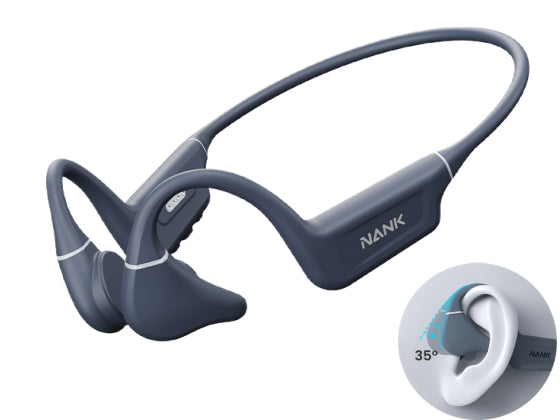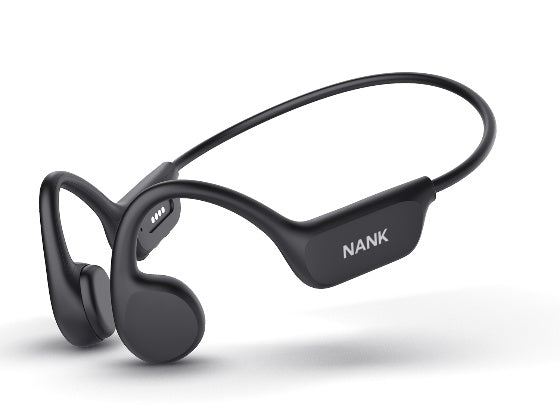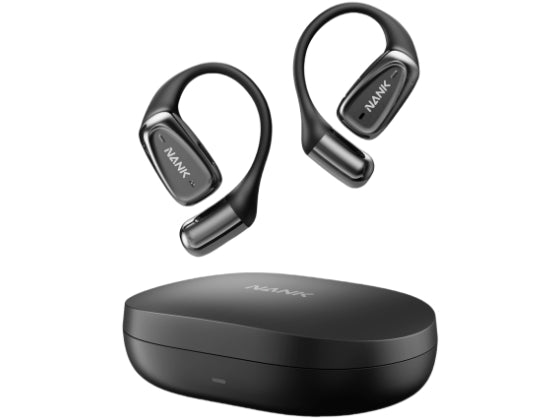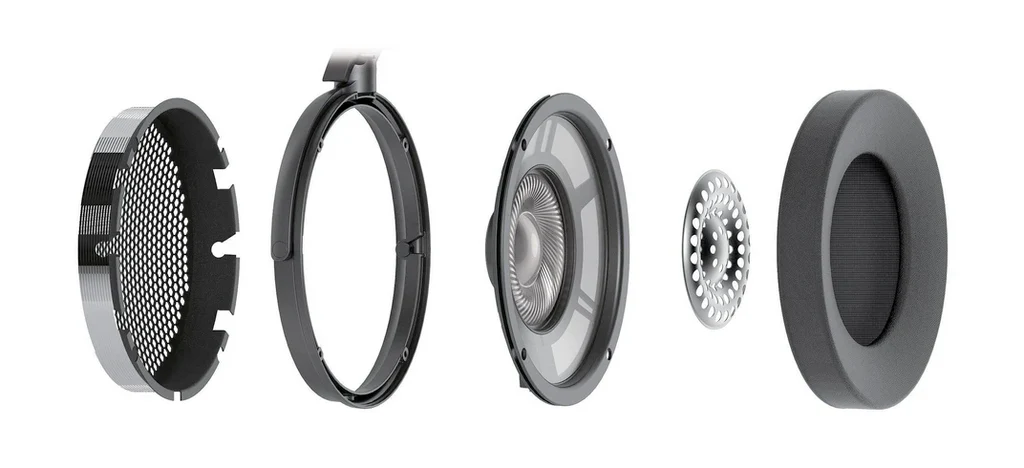When it comes to buying headphones, one of the most important, yet often overlooked, aspects to consider is the headphone driver. It’s the key component that transforms electrical signals into sound, and its quality directly impacts your listening experience. But for many, the concept of a "headphone driver" remains somewhat of a mystery. In this article, I’ll take you through the basics of headphone drivers, explain how they work, explore the different types, and help you understand how they influence the sound quality of your headphones. Whether you're a casual listener or an audiophile, understanding headphone drivers can empower you to make better purchasing decisions.

Understanding the Headphone Driver?
A headphone driver is the part of the headphone that turns the electrical signal from your audio device into sound. This process involves converting digital or analog signals into mechanical movement—specifically, the movement of a diaphragm or membrane that pushes air and generates sound waves. The better the driver, the more accurate the conversion process, which means the better the sound quality.
Think of a headphone driver as the engine of a car. Just as the engine's performance determines how smoothly and powerfully your car runs, the driver determines how well your headphones deliver sound.
How Do Headphone Drivers Work?

Before diving into the specifics of different types of drivers, it's essential to understand how they function. At the most basic level, a headphone driver consists of a few key parts:
- Magnet: Creates a magnetic field.
- Voice Coil: A coil of wire that sits within the magnetic field.
- Diaphragm: A thin membrane that moves in response to the electrical signals from the audio device.
When the audio signal is passed through the voice coil, it creates a magnetic field that causes the coil to move. The movement of the voice coil causes the diaphragm to vibrate, which displaces air and creates sound waves. The diaphragm’s movement and its ability to vibrate precisely are what determine the quality of the sound.
Types of Headphone Drivers
1. Dynamic Drivers (Dynamic Drivers)
The most common type of headphone driver is the dynamic driver, also known as the moving-coil driver. Dynamic drivers are popular because they are relatively simple to manufacture, cost-effective, and capable of producing a wide range of sound frequencies.
2. Balanced Armature Drivers
Balanced armature drivers are another type of driver commonly used in in-ear monitors (IEMs) and high-end earphones. These drivers use a small armature (a tiny metal rod) that is balanced in a magnetic field and moves back and forth when an electrical current is passed through it. Unlike dynamic drivers, balanced armature drivers do not have a diaphragm; instead, they use the armature to move the air and create sound.
3. Planar Magnetic Drivers
Planar magnetic drivers are a more advanced type of headphone driver that uses a flat diaphragm suspended between two magnetic arrays. Unlike dynamic and balanced armature drivers, planar magnetic drivers rely on the principles of magnetism to move the diaphragm evenly across its entire surface, resulting in a more uniform and precise sound.
4. Electrostatic drivers
Electrostatic drivers are a niche technology used in some of the most expensive and high-end headphones on the market. They use a completely different principle of sound reproduction compared to other types of drivers.
5. Bone Conduction Drivers
Bone conduction drivers are a relatively new technology that do not need to be worn in or on the ear because they do not use the ear canal to transmit sound waves. Instead, they vibrate the jawbone and temporal bone to transmit sound to the inner ear. They are great for outdoor use as you can still clearly hear the sounds around you.

How Headphone Drivers Affect Sound Quality
The type of driver used in a headphone plays a crucial role in shaping the sound profile. Here’s how different types of drivers affect the listening experience:
- Bass: Dynamic drivers excel in producing deep, punchy bass, making them ideal for bass-heavy genres like hip-hop and EDM. Balanced armature and planar magnetic drivers, on the other hand, may offer more controlled and accurate bass.
- Midrange and Clarity: Balanced armature drivers and planar magnetic drivers are known for their ability to deliver clear, detailed midrange frequencies. If you prioritize vocal clarity and instrument separation, these drivers are a good choice.
- High Frequencies: Planar magnetic drivers and electrostatic drivers are capable of producing high frequencies with exceptional detail and minimal distortion. They are ideal for genres that require precise treble, such as classical music or acoustic performances.
Conclusion
When it comes down to it, the type of driver used in bone conduction headphones, Bluetooth headphones or wireless earbuds is not the only factor in sound quality. For example, the Nank Runner Diver2 Pro uses bone conduction drivers, and these types of headphones have a natural advantage when it comes to outdoor activities. You can also try different types of headphones and drivers to see which sound best for you.








